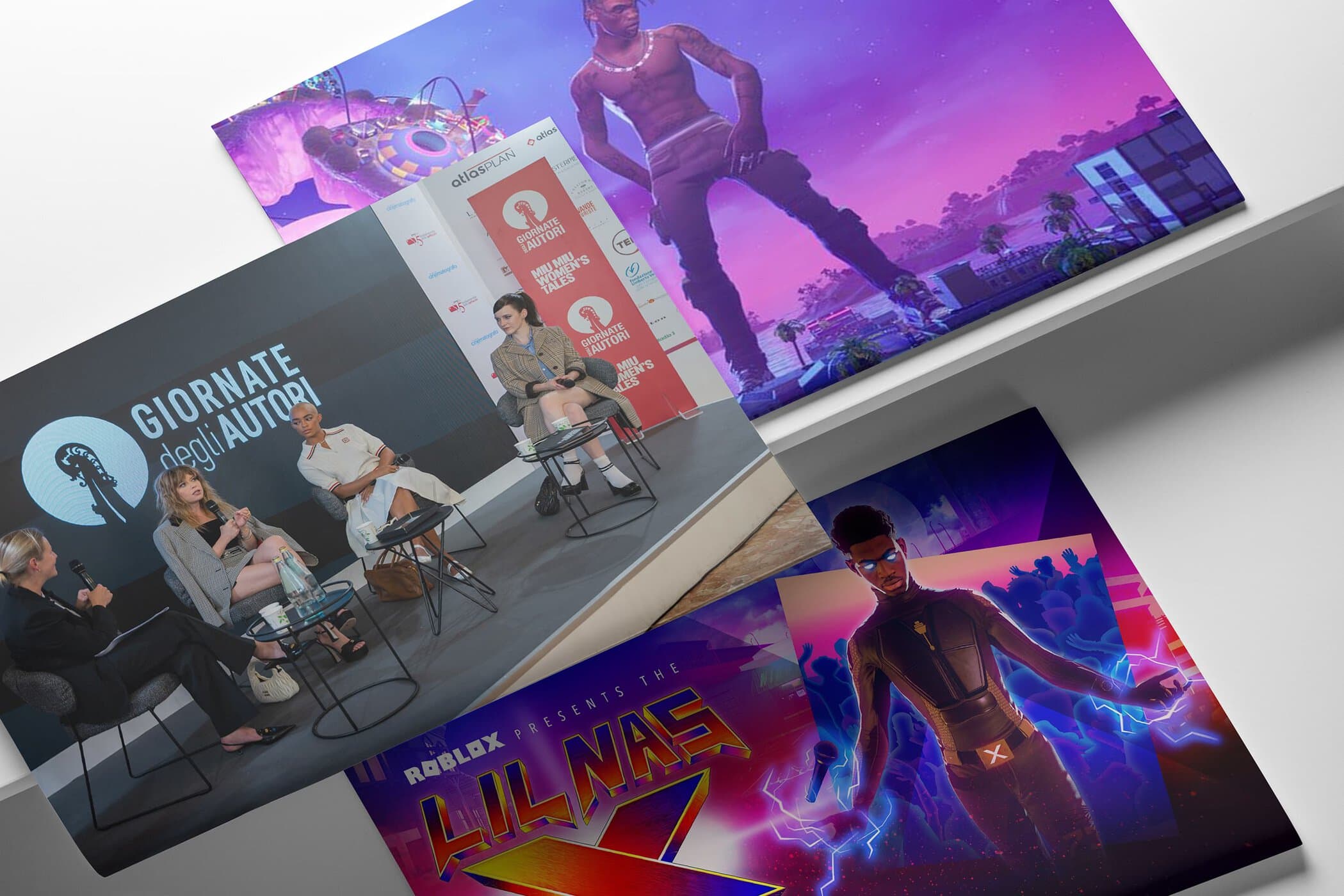Navigating the Unique Perspectives of Fashion’s Most Challenging and Promising Market
By Mark Hooper & Mark Wittmer
In case you somehow haven’t noticed, zoomers are taking over. It’s often been reported that the cultural influence and spending power of Generation Z has already eclipsed that of millennials, and as such cultural industries have rapidly reshuffled as they reflect the new attitudes and aesthetics of this bold new generation.
But perhaps even more so than the actual desires and attitudes of zoomers themselves, what’s shaping decision making at the highest levels of commerce and communication is the outside perception of zoomers – a perception that is often off-base. The common myth that Gen Z has a shorter attention span than previous generations has been disproven a few times; it’s not that they don’t pay attention to anything, they just recognize the value of their time and attention in a new way.
They also understand the power of data. Zoomers are the first digitally native generation, the first to grow up with digital consumerism and data collection as an omnipresent force in everyday life. They know when they’re being marketed to; they know the power their voices have and how badly you want it. The opportunity that this huge market represents also presents a major challenge. How do you market to a generation that doesn’t want to be marketed to?
It’s customary to start these articles with a list of ‘takeaways’ to grab your attention and convince you that it’s going to be worthy of your valuable time.
So here is a tick-box culled from other articles about Gen Z: Speak their language, Build trust, Be transparent, Use the right platforms.
Now the bad news. It’s never going to be that simple. If you think you speak the same language as Gen Zers, you probably sound like an idiot to them. They definitely don’t trust you: in fact they see right through you. And if you think you’ve found their platform or channel of choice, chances are they’ve moved on already.
The point is that Gen Zers are one step ahead. Their language is ever-evolving and mutating –meanings can shift so that a phrase you thought you’d nailed could mean the exact opposite by the time you get to use it in your marketing campaign. Yes, trust is important – but as the ‘Defluencing’ trend reveals, even influencers are growing tired of the culture of consumption for consumption’s sake. This is what transparency really looks like: people paid to tell their followers to buy stuff finally coming clean about their kickbacks, and questioning the industry’s wider values.
As for platforms – everyone is understandably obsessed with finding what the next TikTok will be. But here’s the thing: you can’t. Gen Z will find where it wants to go, and the only thing you can guarantee is that it won’t be where you want them to. Even worse, any data you gather is out of date by the time it arrives. I can quote you surveys that tell you Gen Zers spend more time on YouTube, Instagram and TikTok (usually in that order) than any other platform. And we can extrapolate from those results that short-form video is a good thing to invest in. But even the latest figures you see quoted will refer to the year 2021-22. And once data goes back before 2020, it is bordering on meaningless, given the rate of change in this field, which was accentuated and skewed by lockdown. In many ways, it’s a self-defeating exercise: looking backwards to see the direction forwards.
And there’s another issue that muddies the statistics still further. Pew Research Center published a wide-ranging study (disclaimer: in 2020) revealing that 35% of Gen Zers either adopt gender-neutral pronouns themselves or know someone who uses them – while 59% think a third option other than ‘man’ and ‘woman’ should be included when asking about someone’s gender. And yet almost all demographic information available so far splits the respondent group into two genders (TikTok’s latest figures, for instance, reveal that their largest advertising audience is aged 18-24 – peak Gen Z – amounting to 43% of the total audience, noting that the divide within this group is 18% male, 25% female). This isn’t to finger point – you can’t backdate your survey and insert an ‘other’ or ‘they/them’ category. But it does highlight the fact that we can hardly talk about speaking the same language when we’re not even using the correct terms to identify the audience. So, having established what we don’t know: what are we able determine about where Gen Z might be headed next? One certainty is that the Next Big Thing is unlikely to come from a big tech. Speaking to us in 2022, Dazed Media founder Jefferson Hack voiced the disquiet that Gen Z feels about the use and abuse of their data, presaging the defluencer movement:
I don’t think Facebook or Elon Musk are going to wake up anytime soon and get conscious… It’s about changing the narrative around what ‘influencer’ means. We want to focus on a narrative around leaders, and say, look, if you’ve got a big social media footprint and you carry a lot of weight on a platform, what are you using it for?”

I don’t think Facebook or Elon Musk are going to wake up anytime soon and get conscious… It’s about changing the narrative around what ‘influencer’ means. We want to focus on a narrative around leaders, and say, look, if you’ve got a big social media footprint and you carry a lot of weight on a platform, what are you using it for?”
But even this is perhaps too simplistic. Big tech (or ‘big dig’ (pronounced ‘didge’ – for ‘digital’) might not consciously create the spaces that Gen Z decide to settle into next, but the one thing you can guarantee about this demographic is that you can never second guess them. Harvard Business Review identifies how Gen Zers tend to gravitate towards ‘digital campfires’ (‘smaller, more intimate online destinations’), setting up invite-only micro-communities within platforms where they can private message each other.
This fits with some general trends we’ve been seeing in Gen Z – the move beyond shareable content towards conversation, debate, and discovery (or to put it another way – for every social media report you see telling you that Gen Zers seek the distraction of ‘entertainment’, you will find another highlighting how they are more value-based, hero-ing social and environmental responsibility, diversity and equality).
Miu Miu’s ongoing Women’s Tales film series is a great example of applying this mindset. Led by Miuccia Prada, the project invites women film directors to create work that has no creative limits (aside from responding to the theme of telling women’s stories and incorporating Miu Miu pieces in the costuming), resulting in an exciting new extension of the brand’s creative world a few times each year – and on a completely different schedule than the runway shows and campaigns. The films have been screened at prestigious festivals and launched in tandem with discussion panels among creatives and feminist thinkers, which have been shared publicly in an effort to use the brand’s platform as a forum for discussion and progress (and it’s been acknowledged many times that Gen Z is far more concerned with ethics and activism than previous generations).
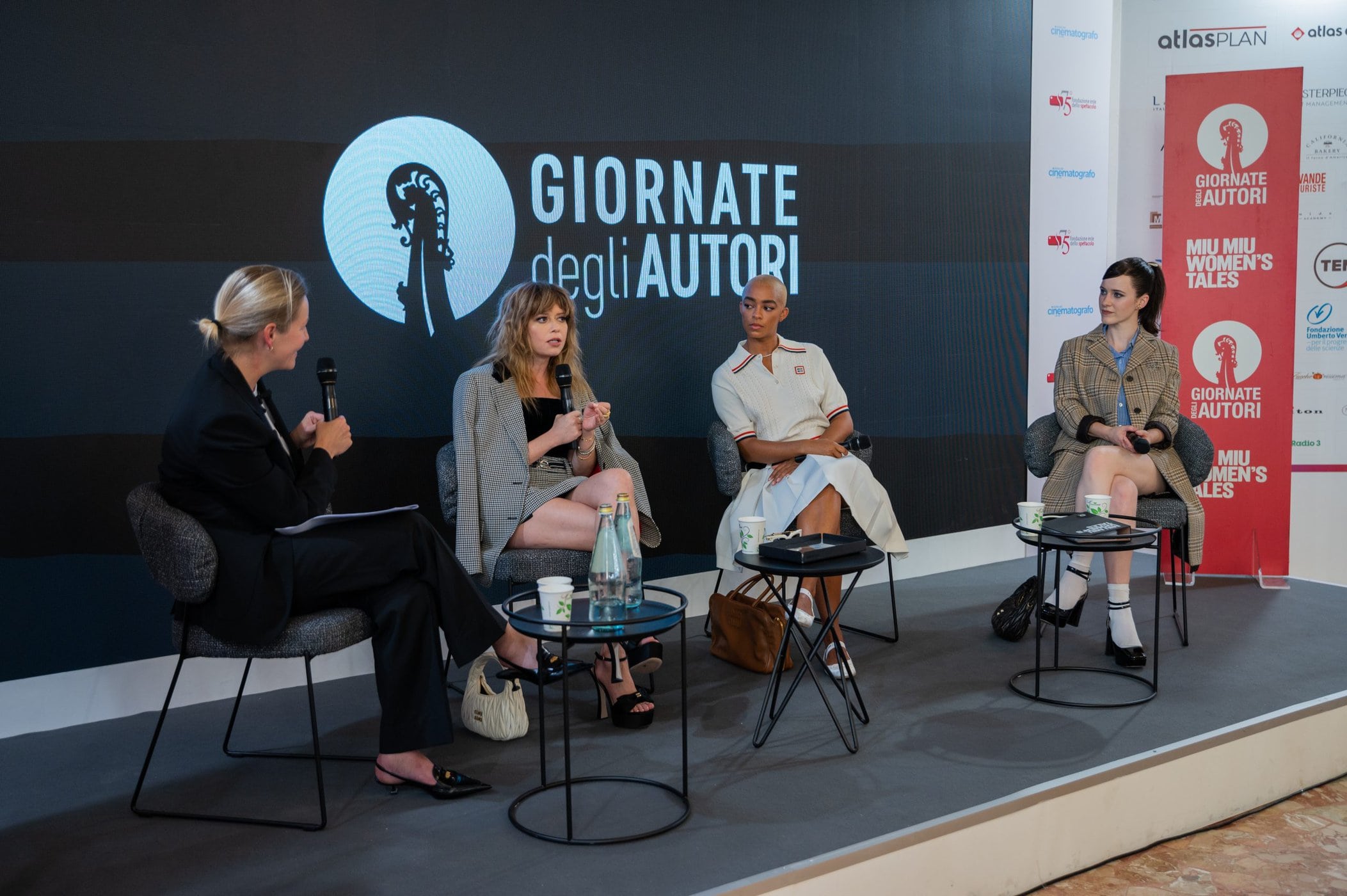

Moments and narrative like these in turn affect perception of a brand’s products, transforming them from static objects to buy and own to meaningful relics of experience and an almost meme-like message that can communicate these experiences and values to others – whether it’s via Instagram, TikTok, or IRL.
One again, this isn’t groundbreaking news for anyone up to speed with Gen Z. There are plenty of examples of digital campfires: Discord reports that 70% of its 140 million monthly active users don’t use the platform solely for gaming activities, but rather to gather in specific micro-communities (‘servers’), usually of less than 200 people. (although it doesn’t carry advertising, brands can create their own servers, and there is the functionality to connect with external accounts such Spotify etc).
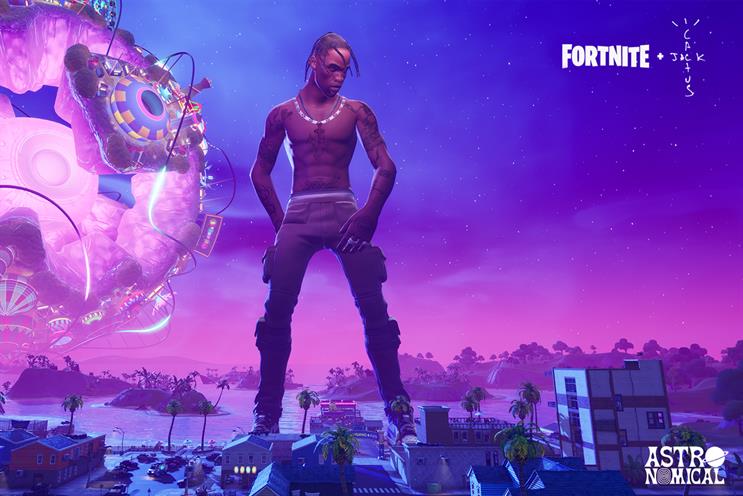
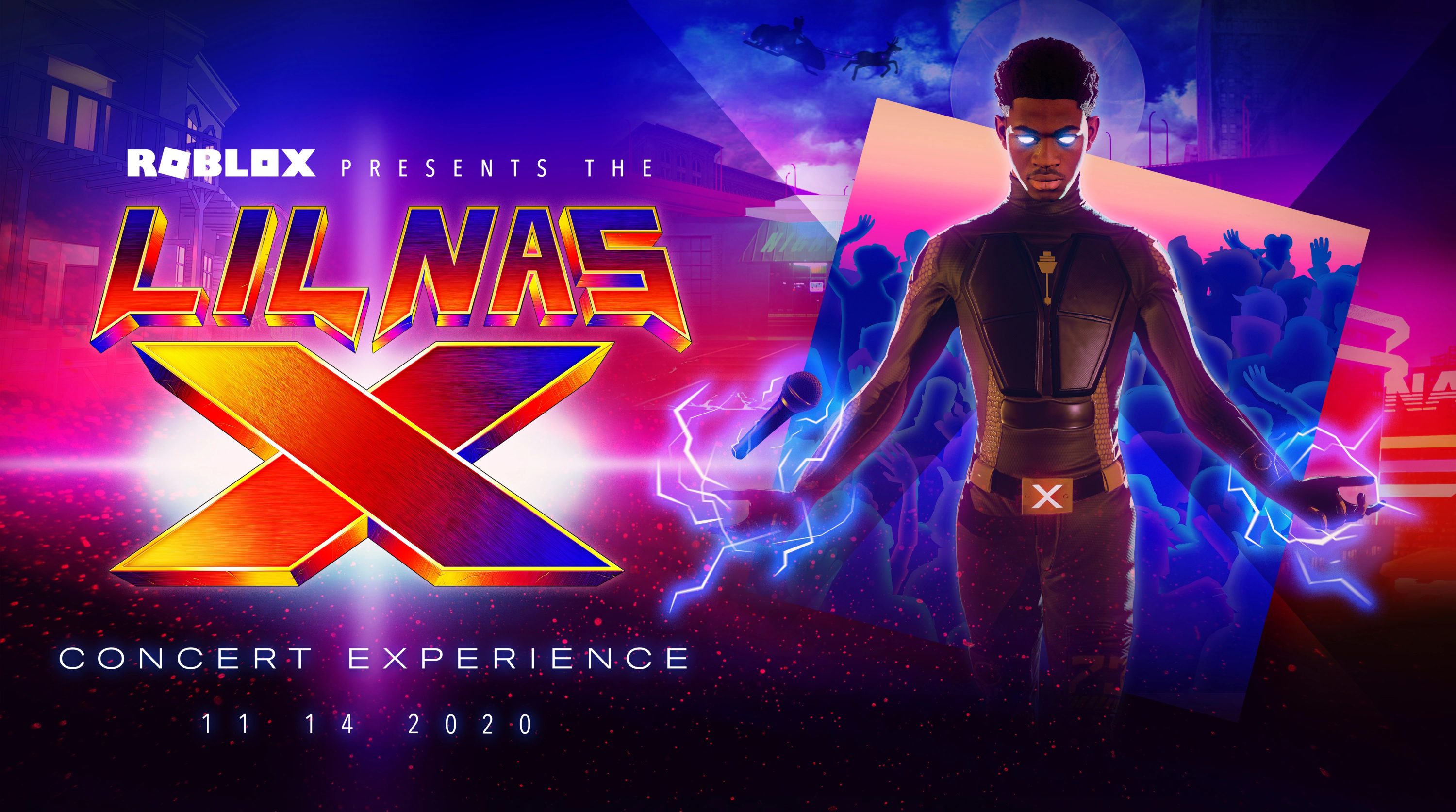
But how do brands get themselves around these campfires without breaking up the party? After all, if Gen Zers feel they’re being advertised to, or their experience is inauthentic, they will walk, leaving you sat around an empty fire. The key is to create integrated experiences that sit naturally within these digital worlds. Travis Scott and Lil Nas X have staged digital concerts in Fortnite and Roblox respectively (note the bisexual lighting in both posters), while Twitch has seen a move from its core livestreaming gameplay communities to those centered around music, beauty, fitness and cooking. Meanwhile, Depop has become a recognised springboard for young designers. Again, none of this is particularly earth-shattering news: take Matty Bovan, one of a new generation of breakthrough design talent who have benefitted from Gen Z peer support from platforms including Depop. Of course the D&G patronage more than helped – but there is a growing sense that grassroots support from Gen Z provided vital added momentum.
Case Study
JW Anderson started an interactive and organic movement on TikTok completely by accident. After Harry Styles was filmed wearing a patchwork cardigan by the designer during a stage rehearsal, fans took to the platform to share their own DIY crafted versions of the sweater, drawing a lot of attention to the brand and bringing many voices who wouldn’t normally participate into the conversation around it. The brand responded by sharing the knitting pattern for the piece and inviting fans to create their own. Though at first this community trend wasn’t intentional, the kind of excitement generated on a wide scale across the platform shows a lot of potential. We can imagine brands inviting fans to share how they style or customize their favorite pieces, or even share patterns and inspire crafty creators to work up their own versions of iconic pieces.
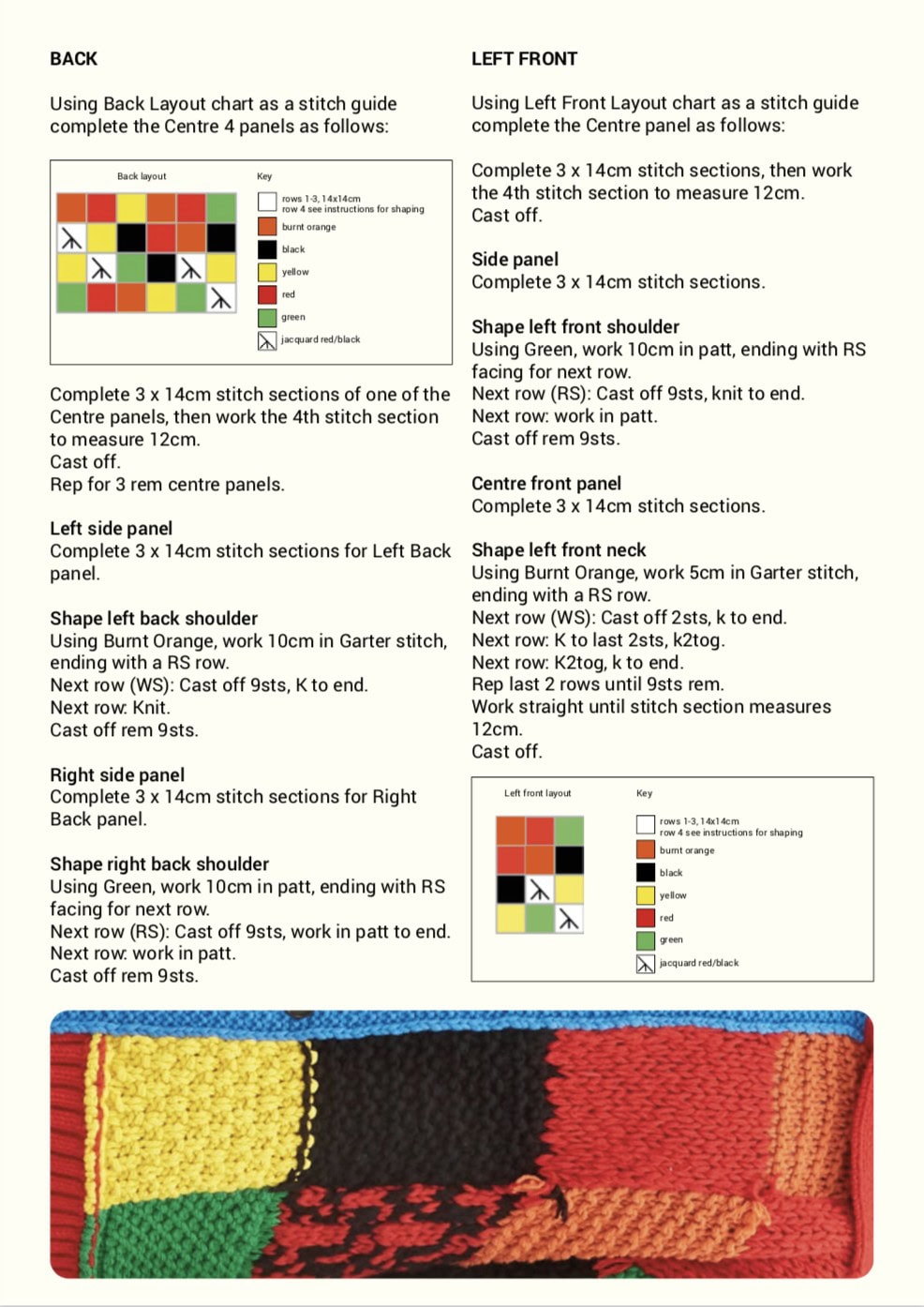

What conclusions can we draw from this? For a start, all of those initial bullet points were, in fact, true. You do need to speak their language, build trust, be transparent and use the right platforms. But how do you do that?
Here – finally – is a takeaway you can actually take away. Ready?
Hand over the reins.
What does that mean? If you want to fully understand Gen Z, the answer is simple: employ them. Collaborate with them. Make the your influencers (and accept that this will involve defluencing). Invite Gen Z to interrogate your processes – to question everything from diversity in the workplace, to gender neutrality, to transparent, sustainable practices. Take the campfire test: would they welcome you into their circle, or run a mile? Don’t fake anything. Be straight-up about everything from your ethical and sustainable manufacturing credentials to who you hire and how you treat them.
Walk the walk.
Gen Zers invest in the company as well as the product. They are interested in your actions, not just your words. So be open about practices. You know they will find out.
The only way to accurately speak the same language as them is to follow them, hire them and work with them. Immerse yourself in their vocabulary, get used to their humor and disentangle their acronyms. Build trust by inviting them into your own inner circle (the corporate version of campfires).
Give them control.
Gen Z is connected, diverse, opinionated – and looking to broadcast and share those opinions. Be part of the solution for them, not the problem.
Don’t overthink it.
All of the above must be taken with a grain of salt: without sincerity, originality, and genuine excitement, these kinds of Gen-Z forward activations will fall just as flat as the kind of communications they seek to avoid. Gen Z are just as smart – if not smarter – than the older generations that seem to be having such a hard time understanding them; they can recognize what is great and what is cheap when they see it.
At its best, fashion imagery transcends mere marketing and becomes an art form of its own: a body of strong visuals that attest to exciting design ideas and a distinct perspective will always be impactful, no matter the age group of the person seeing it. Yes, for Gen Z, many of the established approaches and big-name brands feel played out, but this represents an opportunity to take risks and find something new. Don’t just appeal to perceived trends and appetites either: the lamest campaigns are those that force themselves to be “young.” The same goes for design; original and well-executed design ideas that can be seen and felt will win the day over some convoluted streetwear digital pop-up experience.
The reason that zoomers seem so involved with their phones isn’t because they’re shallow and lack the emotional and mental capacity to interact with people in the real world – it’s because most of the older people speaking to them in the real world have said nothing worth listening to.
It’s time to change that.
